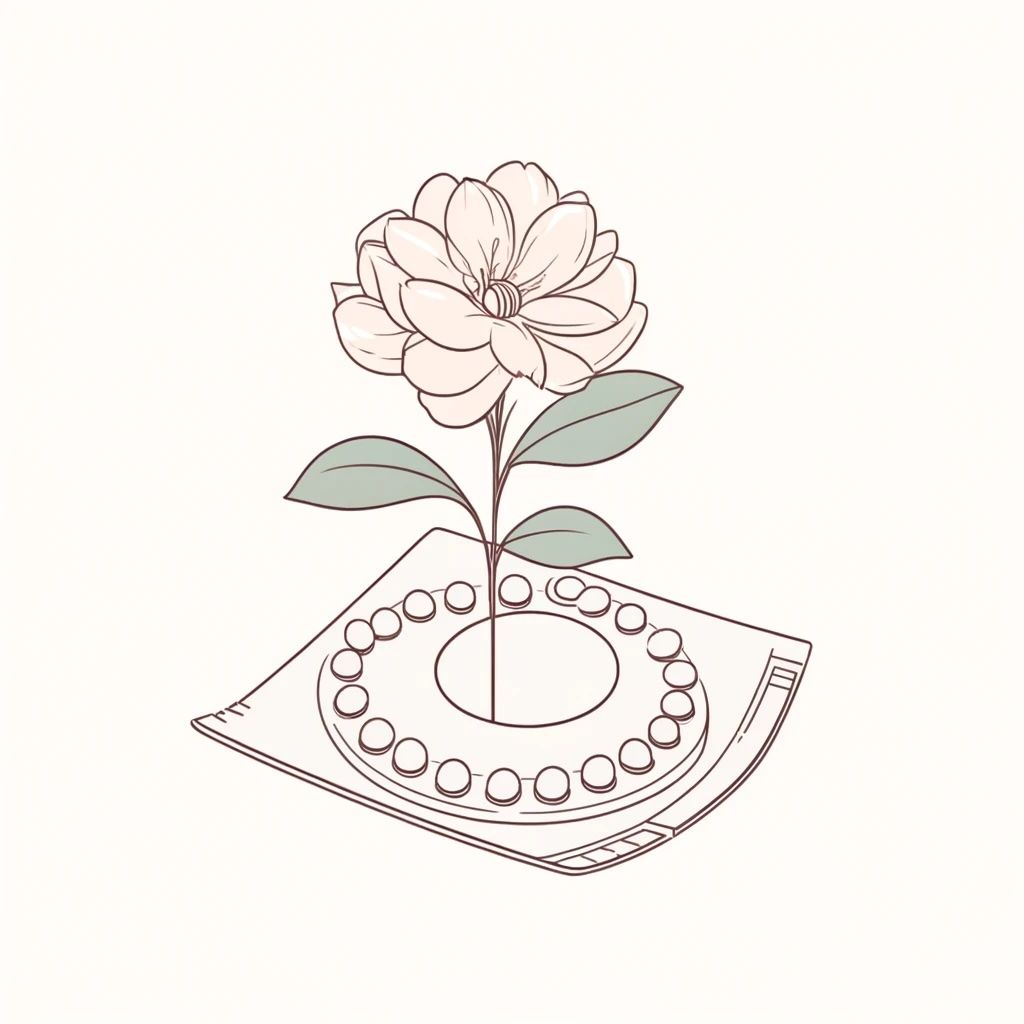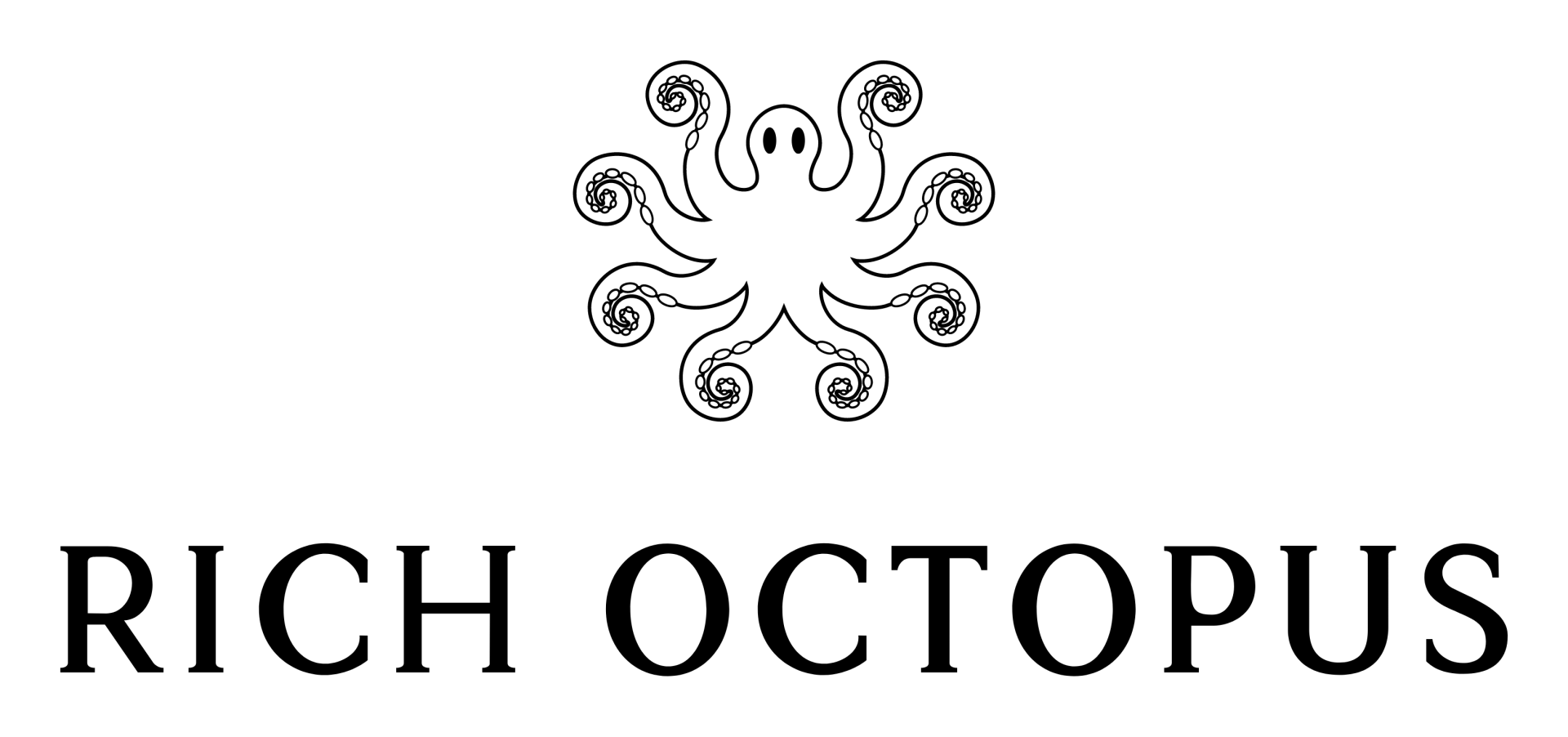Feeling Overwhelmed by New Thinking Styles? How First Principle Thinking Works for the ADHD Brain

- Navigating New Learning: Embrace a step-by-step approach to tackle new learning concepts, breaking them down into manageable parts. Utilize visual aids and structured focus sessions to accommodate different cognitive styles, fostering effective comprehension and retention.
- Conquering Imposter Syndrome: Confront negative thoughts and imposter syndrome head-on by acknowledging feelings of inadequacy as temporary obstacles, not permanent barriers. Embrace discomfort as a sign of growth and transformation, challenging past thinking patterns and stepping out of the comfort zone to embrace innovative concepts.
- Harnessing Personal Strength: Utilize new concepts as tools for personal empowerment and growth, adapting them to suit individual cognitive styles and strengths. Recognize neurodiversity as an asset rather than a limitation, leveraging unique perspectives to enhance problem-solving and innovation.
This blog is not just a narrative of overcoming doubt; it's an invitation to anyone who struggles with new concepts due to their neurological makeup. It's a reminder that our differences are not deficiencies—they are merely different starting points on the map of intellectual exploration
As a woman navigating the complexities of ADHD, each new approach to thinking or problem-solving can sometimes feel like stepping into an ocean when you've just learned to swim in a pool. Recently, I ventured into the waters of first principle thinking, a method that my logically inclined partner uses with remarkable ease and effectiveness. Initially, this way of thinking seemed overwhelmingly intricate for someone with ADHD like me. The experience brought on a wave of self-doubt and imposter syndrome, but it also opened a path to unexpected growth and personal adaptation.
What is First Principle Thinking?
First principle thinking is a method of problem-solving that involves breaking down complex problems into their most basic components. It's about understanding a system or an issue from the ground up and reassembling it in a new, innovative way. This approach is invaluable in fields like product management and entrepreneurship, where innovation is key, and in personal life planning, where clarity and effective decision-making can transform vague aspirations into achievable goals.
The Initial Overwhelm
When I first encountered first principle thinking at work, I felt out of my depth. There was an immediate sense of being overwhelmed by the rigidity and depth of analysis required. My mind, which flourishes in creative chaos and quick, intuitive decision-making, rebelled against the systematic dismantling and slow reconstruction of problems this method demanded. I felt like an imposter, worried that my neurodivergence was not just a unique aspect of my brain's wiring, but a flaw that would keep me from achieving true understanding or success.
Facing the Challenge
My partner, ever the epitome of logic and structured thinking, made first principle thinking look easy. Observing him seamlessly integrate it into his work and daily life made me both admire and envy his cognitive style. Yet, this also became my beacon of motivation. I wanted to not only understand his approach but also to find a way to make it accessible and useful for my unique cognitive landscape.
Transformation Through Adaptation
Instead of shying away, I leaned into the discomfort. I began by addressing the feelings of inadequacy head-on, acknowledging that feeling overwhelmed did not mean I was incapable. I took the vast, seemingly insurmountable task of mastering this new way of thinking and broke it down into smaller, more manageable components—much like the first principle approach itself.
Using visual aids, I started mapping out problems visually instead of trying to keep everything in my head. I allowed myself short, intense focus sessions, interspersed with breaks to manage my ADHD. Slowly, what seemed counterintuitive began to make sense. I was not just learning a new way to think; I was learning how to adapt a powerful method to work for me, not against me.
Personal Style and Growth
This journey taught me a critical lesson: innovation in thinking isn’t just about adopting new methods; it's about adapting them to enhance personal strengths. For someone neurodivergent, this means recognizing that different doesn’t mean deficient. I learned to play with first principle thinking, bending it into a form that not only fits my brain's wiring but also empowers it.
Today, I see first principle thinking not as a hurdle but as a tool that I've customized to suit my needs. It’s a testament to the fact that being neurodivergent isn’t a barrier to complex thought—it's simply a different vantage point from which to view the puzzle of life. To anyone feeling overwhelmed by new methods or styles of thinking, know this: you have the power to adapt anything to suit your journey. The key is not to resist your natural thinking style but to harness it as your strength.




